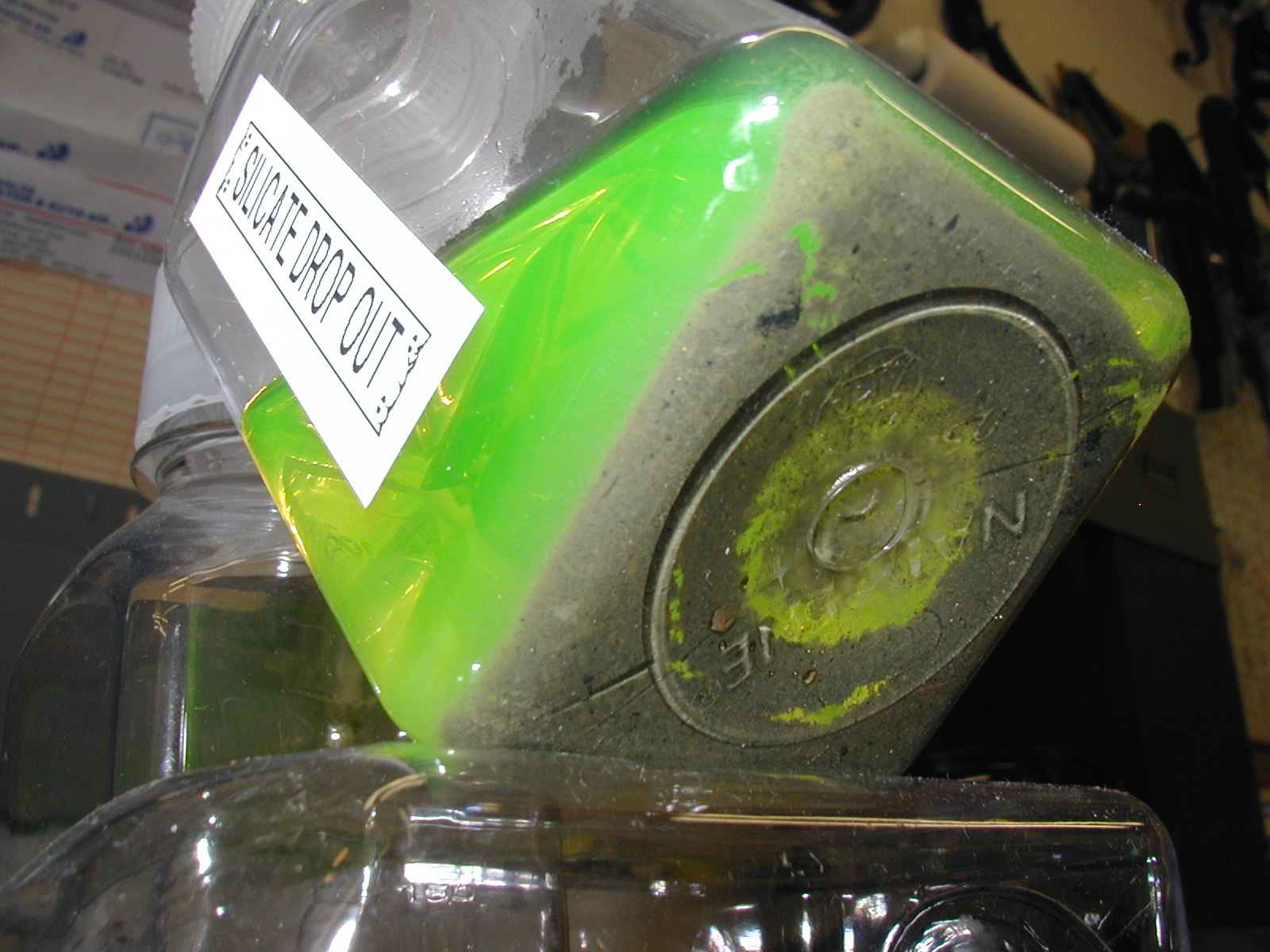

Water, moisture, wear and tear, and other factors can all contribute to a faulty wheel bearing. In both the front and back wheels, wheel bearings are employed. The Different Colors of CoolantĬonclusion In order for the wheel to roll smoothly and with high load resistance, it must have a good wheel bearing. Its application is for protection for up to a maximum of 2 years.
#Organic acid technology coolant color full
What is blue coolant?Īntifreeze Blue is a full concentrate which meets BS6580 and contains the same pure ethylene glycol and anti-corrosive additives as the Red. Red coolant is typically has a base of Organic Acid Technology which has a different chemical makeup of green coolant and is designed to be suitable for aluminium radiators. Green coolant is your conventional coolant (Ethylene Glycol base) and is the most common type of coolant found. What’s the difference between red and green coolant? Just because a vehicle had one type of coolant when it left the factory doesn’t mean a different type of coolant wasn’t installed at some point in the life of the vehicle. It’s entirely possible for two vehicles from the same manufacturer to use two completely different coolant types. That older formula is typically meant for vehicles made before the year 2000, which were built with more steel and copper components than modern vehicles. Green antifreeze is made with special tweaks to the formula specifically to help prevent the corrosion of metals in a vehicle’s cooling system. However, they’re not different colors for appearance’s sake. But there are other colors available: orange, blue, purple, even yellow and pink. Typically, Valvoline says, coolant comes in green. Is all green coolant the same?Īlthough ‘coolant’ and ‘antifreeze’ are often used interchangeably, they’re not quite the same thing. The damage can reach gasket, water pump, and radiator. Instead, it will cause the engine to overheat. If this happens, the coolant will not be able to do its intended job. If you mix two different coolants together, it will create a think substance that resembles that of a jelly. PEAK® Antifreeze + Coolant is a conventional (green), ethylene glycol based antifreeze for use in older automotive and light duty diesel applications.

Whatever you do, don’t mix green/blue with orange. You can, but if it was me, I’d rather fill the system with distilled water until I got the proper coolant for the car. We recommend the traditional yellow/green coolant because it has always worked for us. While the manufacturers of these coolants recommend only using them in an aluminum radiator, as opposed to the copper/brass radiators, we still don’t recommend them in our all-aluminum radiators. Using the wrong engine coolant can gradually lead to corrosion and damage to the water pump, radiator, radiator hoses and cylinder gasket. Mixing different engine coolants or using the wrong coolant can impair the performance of the special additive packages this can result in increased corrosion to the radiator. What happens if you put the wrong color coolant in your car? HOAT uses both silicates and organic acid to protect your engine and combat corrosion. The HOAT formulation is a combination of the OAT formulation and the IAT formulation. To make sure you’re choosing the right HOAT coolant, look at the brand name, rather than the liquid’s color. A rusty color indicates that the rust inhibitor in the coolant has broken down and it can no longer control rust and scale buildup. The color of healthy engine coolant is green (for ethylene glycol) or orange (for Dexcool). For example, OAT coolants are usually orange, yellow, red or purple. Does it matter what color the coolant is?īut what about different colored coolants? The truth is, color is not a reliable predictor for what type of coolant you have. “Older coolants that used Inorganic Additive Technology (IAT) were usually blue or green in colour. “In days gone by, the colour of coolant was determined by the type of chemicals used to prevent corrosion - meaning you could tell a lot about the type of coolant used by its colour. 2 What do the different colors of coolant mean?


 0 kommentar(er)
0 kommentar(er)
